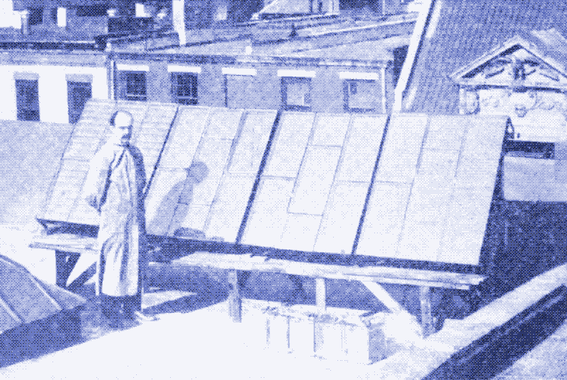Truly sustainable solar panels
Solar panels have always bothered me because they require such intense manufacturing and usage of scarce resources. TLDR of article: “Many people will argue that if low-tech solar panels are less efficient, we would need more solar panels to produce the same power output. Consequently, the resources saved by low-tech production methods would be compensated by the extra resources to build more solar panels. However, efficiency is only crucial when we take energy demand for granted, sacrificing some efficiency may gain us a lot in sustainability.”

Add comment